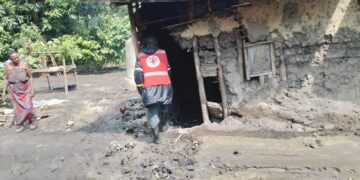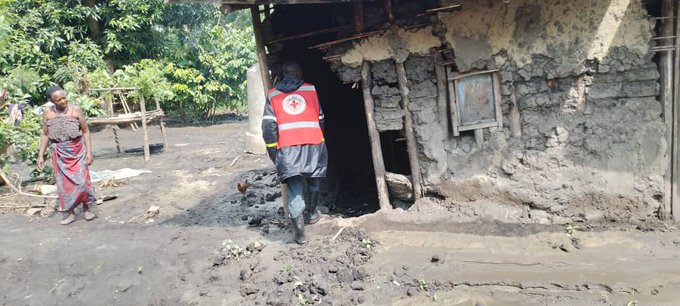The government has advised people living in and around Mt. Elgon, Kabale, Kasese and other high-risk areas to take precautions and relocate from landslide and flood-prone areas to avoid loss of lives and livelihoods.
The advisory follows reports of enhanced rainfall in some parts of the country leading to Flash flooding, particularly in Kasese and Kampala.
According to the Uganda National Meteorological Authority (UNMA), the rainfall season of June, July and August (JJA) is generally a dry period over the Southern parts of the country, especially the Southwestern, Central Lake Victoria basin and parts of the Eastern region.
It also marks the end of the first rainfall season and harvesting period for seasonal crops over the country, However, over most parts of Northern Uganda; the period is a continuation of the rainfall season.
The rainfall outlook for 21-30th June 2023, the forecast indicates that during the last ten days of June 2023, wetter conditions are expected in the Elgon subregion stretching into the northeastern covering Karamoja.
Other areas where wetter conditions are also expected to occur include the eastern districts of the Lango subregion, most areas in the Acholi subregion, West Nile areas bordering D.R.Congo as well those in the Rwenzori subregion.
However, relaxation of rainfall activity is expected in the southern and central cattle corridors and in the areas adjacent to Lake Victoria. Flooding risk remains high in Southwestern, western, Eastern west Nile and Karamoja regions.
ADVISORY
In a statement, Esther Davina Anyakun (MP), the Minister of State for Relief, Disaster Preparedness and Refugees, advised travellers to avoid crossing flooded sections of the roads.
She also advised farmers in Northern Uganda to make use of the enhanced rainfall activity to ensure massive production.
“Communities in flood-prone areas are advised to erect flash flood control structures such as water storage dams and drainage channels in gardens and around homes.”
She ordered the District Disaster Management Committees to monitor and issue timely alerts to the population / flood-prone road users but also carry out assessments and timely reporting of disaster incidences using the OPM standard assessment tool for possible interventions.








